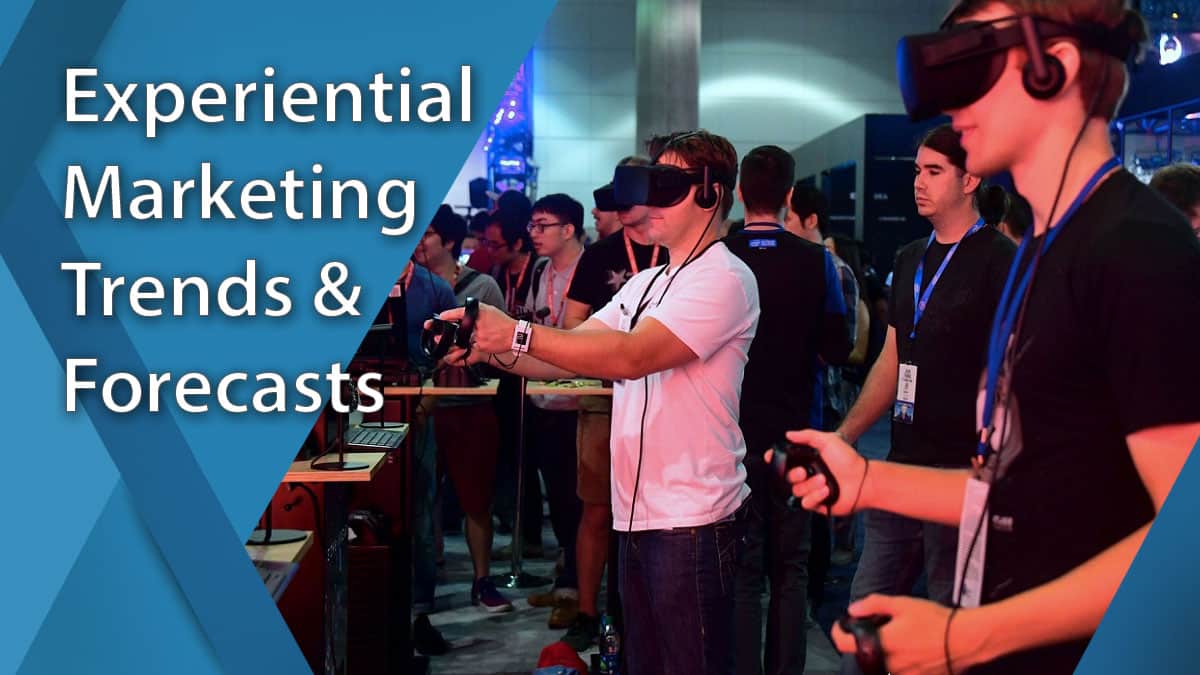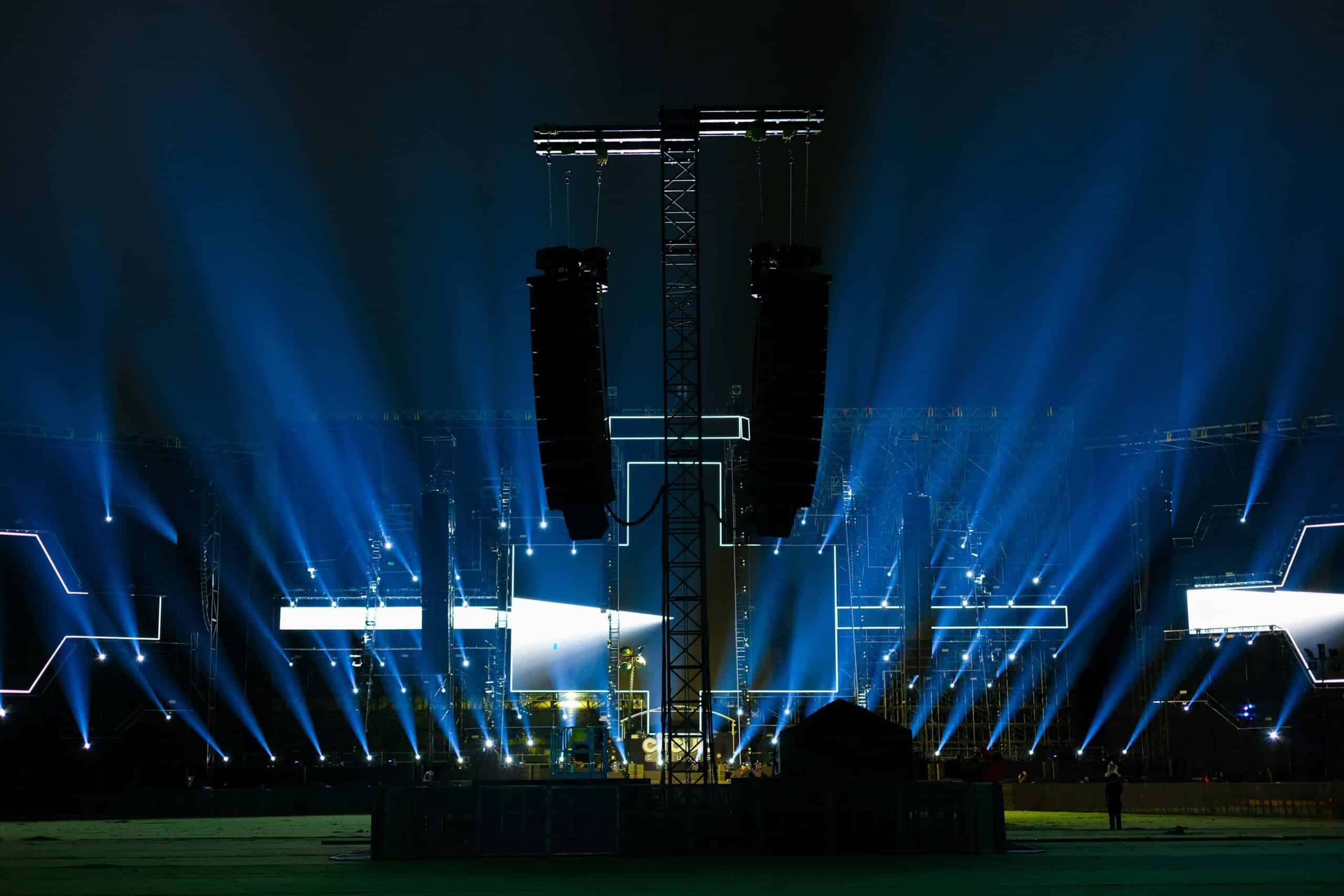In 2025, brands must go beyond traditional advertising to engage consumers, create meaningful interactions, and build long-term loyalty. With increasing competition and evolving consumer expectations, experiential marketing has become one of the most effective ways to stand out. Unlike traditional digital marketing, which primarily focuses on online engagement, experiential marketing combines live interactions, immersive experiences, and digital integration to create memorable brand moments.
So, what’s next for experiential marketing? This article explores the latest trends shaping experience marketing in 2025, how brands can leverage them to drive engagement, and how Towerhouse Global can help businesses create high-impact live events and experiential activations.
1. AI and Personalization Are Taking Center Stage
Why Personalization is the Future of Experiential Marketing
Consumers today expect customized experiences tailored to their preferences and behaviors. Thanks to AI and data analytics, brands can now create hyper-personalized experiential marketing campaigns that make every customer interaction unique.
📌 Example:
- Spotify Wrapped provides custom year-in-review insights, making the experience personal, shareable, and viral.
- Amazon’s AI-powered stores deliver frictionless, personalized shopping experiences with smart checkout and product recommendations.
✔ How to Leverage AI in Experiential Marketing:
✅ Use AI-driven event activations that adapt based on user behavior
✅ Implement smart recommendation systems for product trials and in-store experiences
✅ Personalize live brand interactions through chatbot and AI concierges
How Towerhouse Global Can Help:
We integrate AI-driven personalization into experiential campaigns, ensuring each customer feels uniquely engaged.
2. Augmented Reality (AR) & Virtual Reality (VR) Are Revolutionizing Experiences
Blending Digital & Physical Worlds
AR and VR are transforming experiential marketing by allowing brands to create immersive, interactive experiences that bridge the digital and physical worlds.
📌 Example:
- IKEA’s AR-powered “Place” App lets customers see how furniture would look in their home before purchasing.
- Nike’s AR sneaker try-ons enable customers to see how shoes look on their feet without trying them on physically.
✔ How to Use AR/VR in Experiential Marketing:
✅ AR-powered product trials and immersive brand experiences
✅ VR storytelling that takes customers into the brand’s world
✅ AR scavenger hunts and gamified experiences to increase engagement
How Towerhouse Global Can Help:
We create custom AR and VR brand activations that merge digital marketing with experiential marketing, maximizing customer engagement and brand recall.
3. Hybrid Events and Phygital Experiences Are Here to Stay
Merging Live & Digital Engagement
Hybrid experiences—where brands engage audiences both in-person and virtually—continue to grow in popularity. These formats allow brands to reach global audiences while still delivering immersive in-person experiences.
📌 Example:
- Apple’s product launches combine in-person experiences with high-quality live-streaming and social media interactions.
- Coachella’s AR-enhanced festival experience allows attendees and remote viewers to engage with digital elements through mobile apps.
✔ How to Leverage Hybrid Events in Experiential Marketing:
✅ Livestreaming experiential activations to global audiences
✅ Using QR codes and interactive apps to connect physical experiences to digital content
✅ Offering exclusive online interactions for event attendees
How Towerhouse Global Can Help:
We specialize in hybrid experiential marketing strategies, ensuring both physical and digital attendees have an engaging and seamless experience.
4. Gamification is Driving Consumer Engagement
Why Gamification Works
Gamification makes brand interactions more engaging, interactive, and rewarding. By incorporating elements like challenges, leaderboards, and incentives, brands can encourage participation and increase customer retention.
📌 Example:
- McDonald’s Monopoly Game encourages customers to keep purchasing for a chance to win prizes.
- Burger King’s “Burn That Ad” AR campaign lets users digitally “burn” competitor ads to win free Whoppers.
✔ How to Use Gamification in Experiential Marketing:
✅ Create interactive brand challenges and contests
✅ Offer exclusive rewards and incentives for participation
✅ Use AR/VR to gamify product interactions
How Towerhouse Global Can Help:
We design custom gamified brand experiences that encourage user participation, engagement, and social media sharing.
5. Sustainable & Purpose-Driven Brand Activations Are More Important Than Ever
Consumers Expect Brands to Take a Stand
Modern consumers prefer brands that align with their values, making sustainability and social responsibility key components of experiential marketing.
📌 Example:
- Adidas’ Run for the Oceans campaign blended a virtual running event with real-world sustainability efforts, turning customer participation into a force for environmental change.
- Patagonia’s Worn Wear Program encourages customers to repair and recycle old Patagonia gear at live events, reinforcing its eco-conscious mission.
✔ How to Implement Sustainable Experiential Marketing:
✅ Create eco-conscious pop-ups and brand activations
✅ Engage customers in sustainability challenges
✅ Design brand activations that contribute to a meaningful cause
How Towerhouse Global Can Help:
We help brands create eco-friendly experiential marketing campaigns that align with social responsibility and sustainability goals.
6. Influencer-Driven Experiential Marketing is Expanding
Leveraging Influencers for Brand Experiences
Influencers are no longer just content creators—they are now key players in experiential marketing strategies. Brands are leveraging influencer-led brand activations to reach target audiences in authentic, engaging ways.
📌 Example:
- Fenty Beauty’s influencer-driven pop-ups allowed influencers to interact with products and share real-time reviews, generating massive social buzz.
- Sephora’s influencer-led beauty events drove both in-person attendance and digital engagement.
✔ How to Use Influencers in Experiential Marketing:
✅ Host influencer-driven brand activations
✅ Turn live experiences into influencer content hubs
✅ Encourage real-time influencer engagement and social sharing
How Towerhouse Global Can Help:
We create influencer-driven brand activations that maximize social reach, engagement, and brand credibility.
Final Thoughts: The Future of Experiential Marketing
The latest trends in experiential marketing show that brands must move beyond traditional advertising and create immersive, shareable, and purpose-driven experiences.
✔ AI-powered personalization makes brand interactions more meaningful
✔ AR & VR create interactive, engaging brand experiences
✔ Hybrid experiences connect live and digital audiences
✔ Gamification enhances consumer participation and brand loyalty
✔ Sustainability-driven experiences build trust and brand advocacy
✔ Influencer-led activations amplify reach and credibility
At Towerhouse Global, we specialize in:
✅ Live event production & experiential marketing activations
✅ Augmented reality (AR), AI-driven, and gamified brand experiences
✅ Hybrid campaigns that merge digital and real-world engagement
📩 Contact Towerhouse Global today to create a next-level experiential marketing campaign that captivates audiences and drives real results! 🚀






